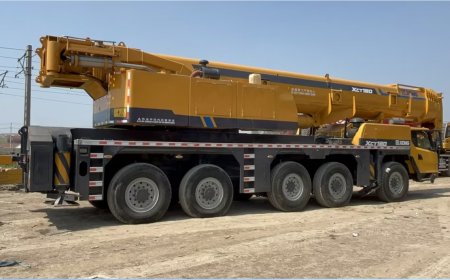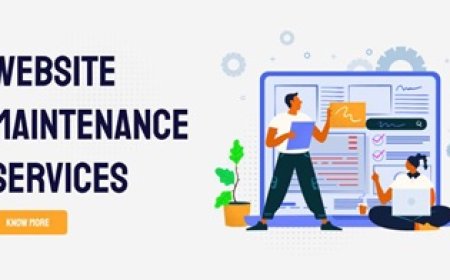From Communication to Collaboration: The Power of Intranet Portals
Discover how a modern intranet portal enhances internal communication, collaboration, and workflow integration empowering your teams to stay connected, informed, and productive across any location.
In todays fast-moving digital environment, internal communication and collaboration are more critical than ever. But emails and chat tools alone arent enough. Modern enterprises require a central hub where employees can connect, share information, and collaborate effectively. Thats where an
becomes invaluable.
A well-designed intranet portal transforms how your organisation communicates and collaborates, helping you build a more innovative, more connected workplace.
Moving Beyond Just Communication
Intranets initially served as basic internal communication platforms, featuring company news, announcements, and HR policies. While those features are still important, todays needs go much deeper. Organisations expect their intranet to do more than share information; they expect it to drive action.
A modern intranet portal allows:
-
Real-time updates from leadership and departments
-
Interactive discussions, polls, and surveys
-
Targeted communication based on roles and locations
This evolution from a static bulletin board to an interactive hub lays the foundation for true collaboration.
Bringing Teams Together Wherever They Are
Remote and hybrid work models are here to stay. In such settings, the intranet serves as the virtual office. It connects employees across locations, departments, and even time zones.
Key collaboration features include:
-
Project-specific workspaces
-
Shared calendars and task lists
-
Integrated document libraries with version control
Instead of information silos or scattered tools, employees work together on a unified platform that supports coordination and transparency.
Integrating Everyday Workflows
A powerful intranet portal doesnt sit separate from daily work; it becomes part of it. By integrating tools your team already uses, it becomes the launchpad for everyday tasks.
Think:
-
Leave application and approval workflows
-
IT ticketing or asset request systems.
-
Access to Power BI dashboards and KPIs
With these integrations, the intranet becomes a central point for getting things done, not just reading updates.
Streamlining Access to Knowledge
Knowledge is only powerful if people can find it when they need it. Intranets make institutional knowledge accessible to everyone, whether its a new employee looking for onboarding materials or a project team searching for the latest policy.
Through intuitive navigation and intelligent search features, intranet users can access:
-
Standard operating procedures
-
Training resources and how-to guides
-
Departmental FAQs and best practices
This eliminates repetitive queries and helps build a culture of self-service and accountability.
Creating a Culture of Openness and Engagement
When employees feel informed and included, theyre more likely to contribute and collaborate. Intranet portals promote two-way communication that goes beyond top-down messaging.
Engagement-focused features may include:
-
Employee recognition boards
-
Feedback forms and suggestion boxes
-
Spaces for social groups, celebrations, and community news
These meaningful but straightforward touches foster stronger relationships across the organisation, even among distributed teams.
Supporting Compliance and Governance
In regulated industries, the intranet can support compliance efforts by housing the latest versions of documents, policies, and procedures in a single, secure location. Access permissions can be defined by user roles, ensuring that sensitive data remains protected while information remains easily accessible.
Audit trails, document tracking, and version histories support governance without creating extra work for employees.
Driving Measurable Improvements
Many modern intranet portals offer analytics to track usage patterns, content engagement, and search behaviour. These insights help internal teams understand what is working and what is not.
You can:
-
Identify high-traffic areas that need updates
-
Discover content gaps by analysing common searches.
-
Improve usability based on real user behaviour.
This data-driven approach makes the intranet a continuously evolving asset rather than a one-time project.
Conclusion
A smart intranet portal is not just an internal website. Its a dynamic platform that brings communication and collaboration together in one place. By connecting people, streamlining work, and enhancing engagement, it plays a pivotal role in building a resilient, productive, and agile organisation.Whether your teams are across the hallway or continents, an intranet portal ensures they stay aligned, informed, and empowered to do their best work.
























